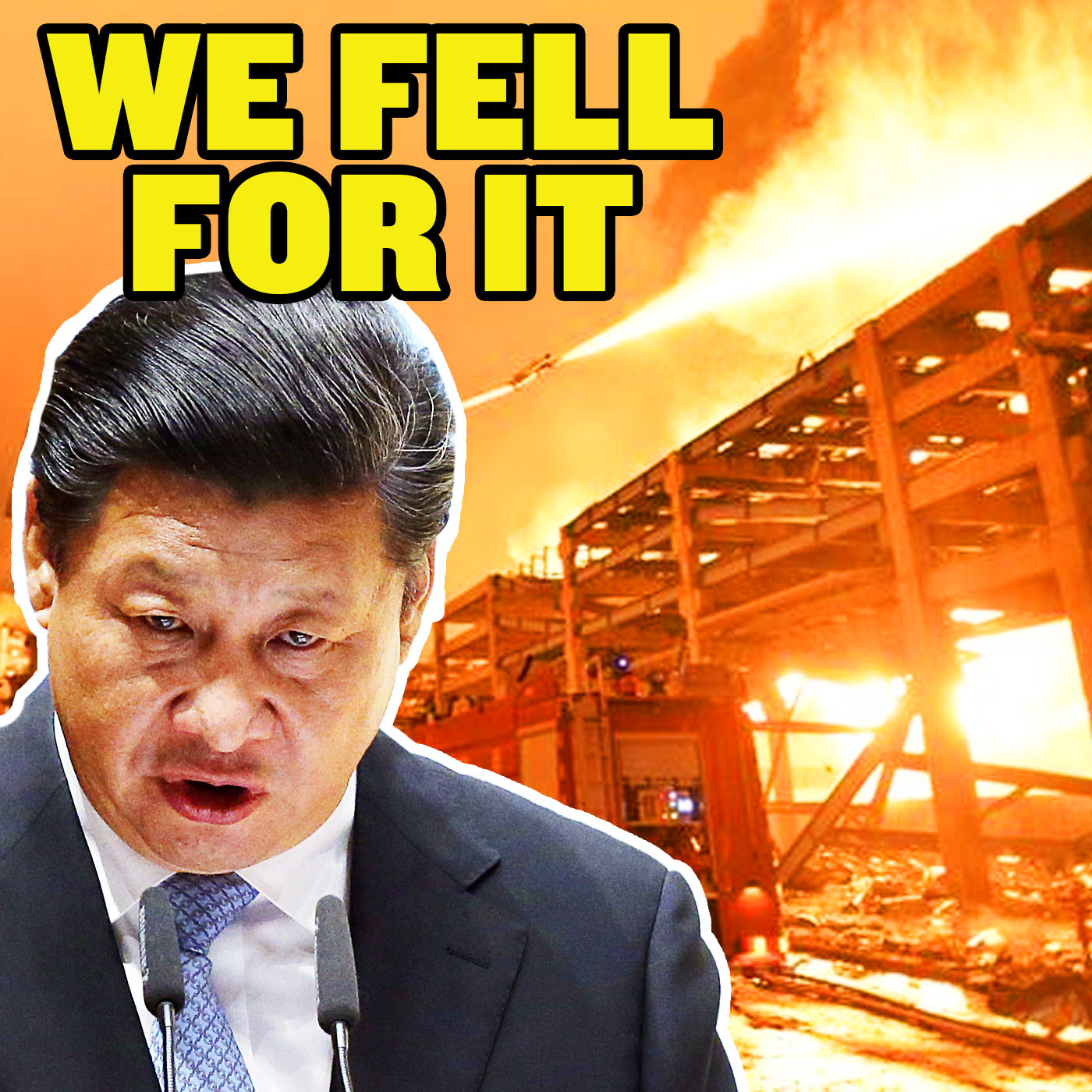
#279 How China Duped America’s Climate Elite | Tom Duesterberg

China Unscripted
Deep Dive
Why is China's groundwater largely unsuitable for human consumption?
80% to 90% of China's groundwater is polluted, making it unsafe for human consumption. This pollution is due to industrial waste, overuse of chemical fertilizers, and poor environmental management.
What are the environmental consequences of China's South-North Water Transfer Project?
The South-North Water Transfer Project moves 25 million cubic meters of water from the south to the north, but it has led to over-irrigation and excessive use of fertilizers, ruining 15-20% of China's arable land. It also disrupts natural water cycles and harms ecosystems.
How does China's control of rivers in Tibet affect neighboring countries?
China's construction of dams and reservoirs in Tibet controls the flow of major rivers like the Mekong and Brahmaputra, impacting water availability for agriculture and fisheries in countries like Vietnam, Thailand, Cambodia, and India. This has led to reduced rice harvests and fish populations downstream.
Why is China the world's largest exporter of wood products despite its limited timber resources?
China has depleted its own timber resources and now imports large quantities of wood from rainforests in Indonesia and South Asia. This has contributed to deforestation in these regions, with 30-40% of Amazon deforestation linked to China's demand for grain and timber.
What is China's role in global CO2 emissions?
China is the world's largest emitter of CO2, producing more than Europe, the U.S., and Japan combined. It accounts for 30% of global CO2 emissions, primarily due to its reliance on coal-fired power plants and heavy industrialization.
Why is China's commitment to carbon neutrality by 2060 considered unreliable?
Despite pledging to achieve carbon neutrality by 2060, China continues to build coal-fired power plants and has quietly backed away from its commitments. Its emissions are still growing, and it is not on track to meet its climate goals.
How has China dominated the global solar and wind power markets?
China produces twice as much solar and wind capacity as it needs, exporting the surplus at subsidized prices to undercut competitors. This strategy has allowed it to dominate global markets for renewable energy technologies.
What is the Great Bend Megadam project, and why is it controversial?
The Great Bend Megadam project in the Himalayas would produce three times the power of the Three Gorges Dam but poses significant ecological risks. It could disrupt water flow to India and Bangladesh, harm ecosystems, and increase earthquake risks in the region.
How has China's industrial policy impacted global trade and the environment?
China's industrial policy, which includes heavy subsidies and overproduction, has allowed it to dominate global markets for goods like steel, cement, and electric vehicles. However, this has also led to environmental degradation, both domestically and in countries where it exports its excess capacity.
What are the potential consequences of China's economic collapse for the global economy?
China's economy accounts for 15-20% of the global economy. A collapse could lead to higher prices, inflation, and economic instability worldwide. Countries would need to strengthen trade alliances and domestic production to mitigate the impact.
Shownotes Transcript
China has been weaponizing climate change and green technology like electric cars to destroy the West. And we've been letting them do it. Joining us today is Thomas Duesterberg. He’s a Senior Fellow at The Hudson Institute. He’s an expert on trade, manufacturing, economics, and foreign policy. HIS REPORT https://www.hudson.org/environment/global-impact-chinas-water-related-environmental-problems-thomas-duesterberg HIS WSJ OP-ED https://www.wsj.com/articles/chinas-flag-is-red-not-green-emissions-water-pollution-coral-reefs-1d9fc481 YouTube demonetizes our videos, which is why we rely on support from viewers like you. Please join our 50¢ army at: https://www.patreon.com/chinaunscripted https://www.chinauncensored.locals.com https://www.chinaunscripted.com/support Our social media: Twitter: https://www.twitter.com/ChinaUncensored Facebook: https://www.facebook.com/ChinaUncensored Instagram: https://www.instagram.com/ChinaUncensored #China